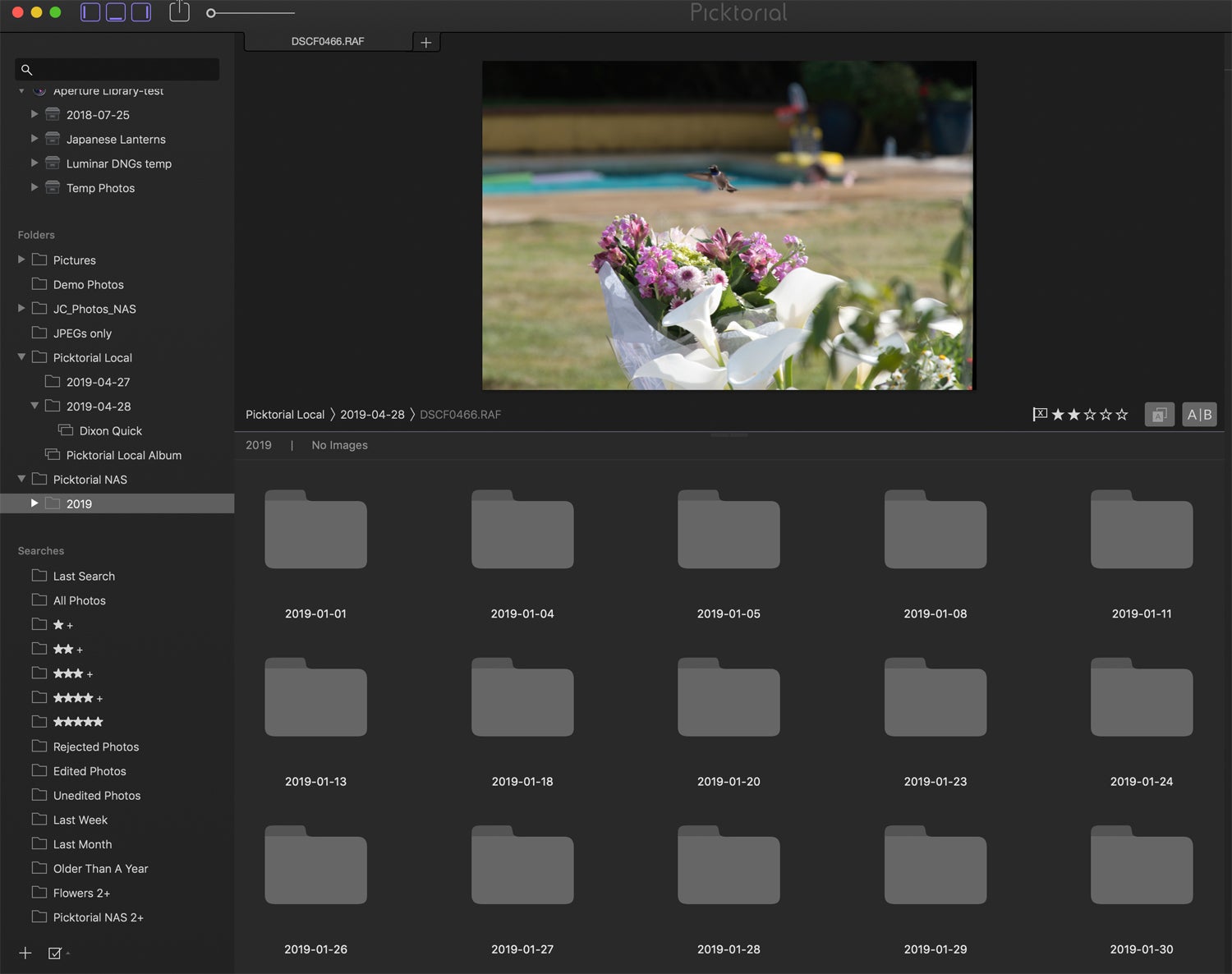
I found a few ugly bugs when I first started to play with version 3.0 (a masking issue and the way the application was rendering FujiFilm raw files) and contacted them through their general support address. One more thing that’s impressive about Picktorial, which didn’t make it into the review, was my interaction with the company. The Picktorial editing extension lets you edit using Picktorial’s tools directly within Photos, but unlike every other editor I can think of, you can go back later and adjust the edits you made normally, when you edit a photo using an extension, that edited version is baked-in, and the only option is to revert to the original photo if you don’t like how it turned out. That’s a boon even if you use Photos to manage your library. It’s still completely non-destructive, but you can share the images in any manner-like Dropbox or iCloud-and when you open them in Picktorial on another Mac, all your edits are there and configurable. xmp metadata file (for raw images) or directly to the image file itself (for JPEGs). It also has a novel way of storing its edits: Unlike Lightroom or Photos for Mac, there’s no central database that keeps track of where images are stored on disk and which edits have been applied. At Macworld today, I review Picktorial 3.0, which focuses only on edits that photographers would make (i.e., it’s not an all-purpose image editor the way Photoshop or Pixelmator are). Photo by Leah Bauer, USDA Forest Service Northern Research Station, Apple retired Aperture, it created space in the market for other photo editing applications to fill. Keep in mind that treatments must be done each year for the life of the tree and won't be effective against other tree diseases that may compromise the tree's health. Treatment outside this risk zone is not prudent. This is where the beetle exited the tree.Ĭontrol: There are many preventive treatments available for trees within 15 to 20 miles of other infected trees. Finally, upon close inspection of the trunk, you might see unique "D" shaped holes. The tree disease's growth is often a popular site for woodpecker feeding, as the bird is harvesting the beetles in the bark. It has killed millions of trees in the Midwest, and it's slowly spreading across the country.ĭamage: An EAB-infected tree has a thin or dying crown and erratic growth along the tree's trunk. EAB kills trees in 2 to 4 years after initial infection. Green, white, Autumn Purple, and the other ash trees are susceptible. Leah BauerĪ destructive metallic green beetle, emerald ash borers (EAB) invade and kill all types of ash trees ( Fraxinus species). USDA Forest Service Northern Research Station,. Arborvitae, lilac, hemlock, holly, juniper, pine, red maple, red oak, rhododendron, and yew are a few plants that Japanese beetles rarely attack. Plant trees and shrubs that beetles don't like to feed on. Adult beetle traps may lure more beetles than you already have in your garden. A fungus called milky spore controls grubs but may take a few years to build up an effective concentration. They may also eat large holes in flower petals.Ĭontrol: Treat for grubs in your lawn and you'll reduce the number of Japanese beetles (unless your neighbor doesn't control grubs, in which case beetles will invade your garden). Females lay eggs in the soil, which hatch into grubs, a major lawn pest.ĭamage: Japanese beetles eat leaf tissue between the veins, creating a skeletonized effect. When the beetles find a food source, they release a scent that attracts more beetles. Prune during dry weather to minimize the spread of the disease.Īdult Japanese beetles feed on flowers and leaves of various trees and shrubs, such as linden, crabapple, birch, and rose. Dead or dying branches should also be removed. In the case of infectious cankers, remove branches six to 12 inches below the canker. In periods of drought, water trees thoroughly. In winter, wrap young, thin-barked trees, such as maples and apples, to prevent sunscald and frost cracks. Keep trees healthy and prevent infection.

The best defense against canker is prevention.

They rarely kill established trees, but they may cause severe growth deformities.Ĭontrol: Most canker-causing fungi infect stressed or injured trees. The size of a canker can range from a small lesion on a branch to a massive dead area on the plant's trunk.

Cankers are caused by everything from mechanical damage inflicted by a lawn mower to environmental stress such as frost cracks and sunscald, to types of fungi and bacteria.ĭamage: On young or smooth-barked trees, the surface of the canker is often discolored, and tissue around the canker is enlarged. Canker is a tree disease characterized by a localized dead area on a trunk or branch.


 0 kommentar(er)
0 kommentar(er)
